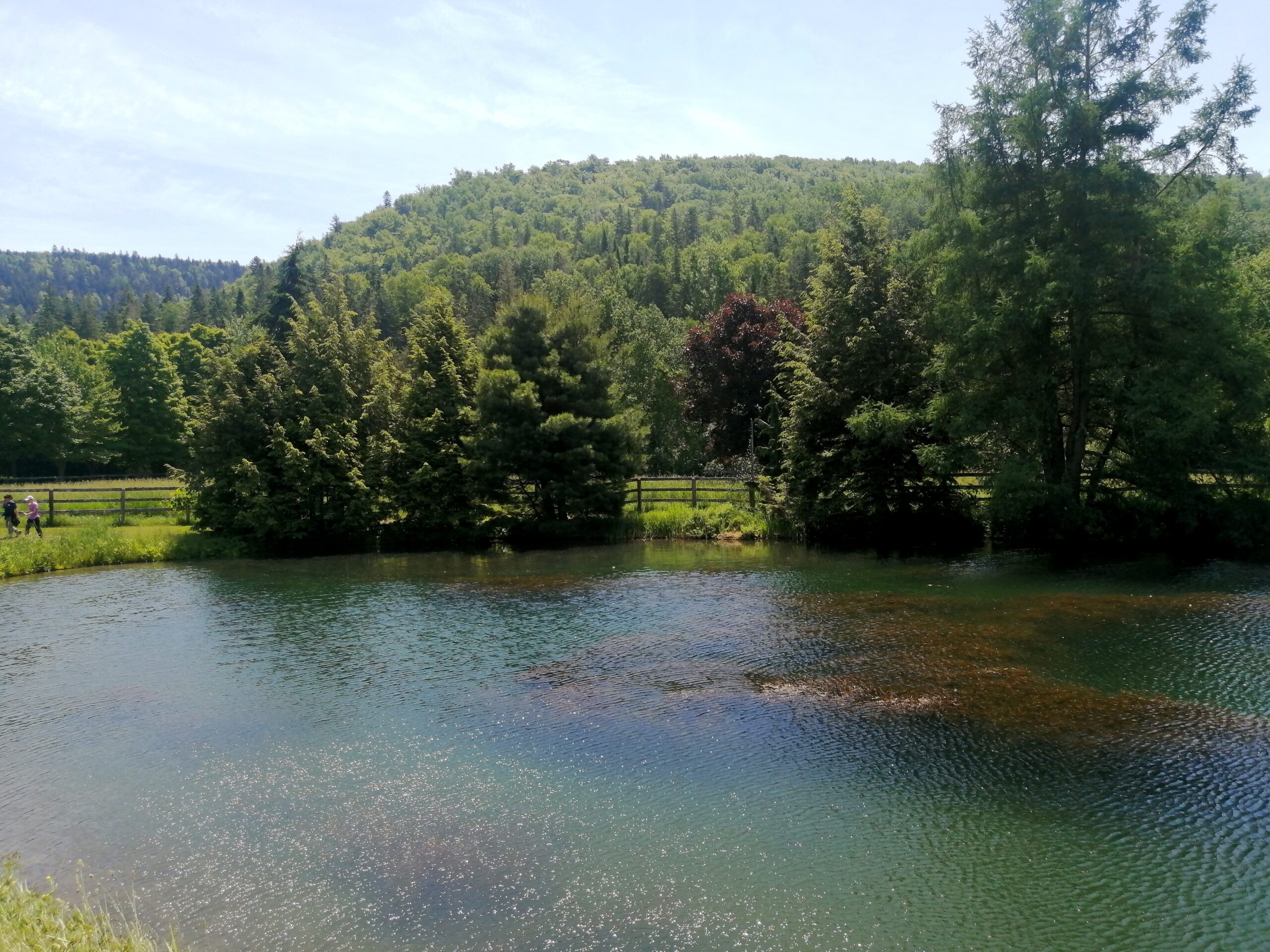
Clean Drain Dry
June 26th through to July 6th is the sixth annual Landing Blitz across the Great Lakes Region and Eastern Canada. During this 2-week event, organizations throughout Canada and the United States will work together to educate the public about Aquatic Invasive Species (AIS) and emphasize the need to Clean, Drain and Dry any boats, trailers, and other aquatic equipment whenever entering or leaving a waterbody. The “Clean, Drain, Dry” program offers a simple yet effective solution to preventing the spread of aquatic invasive species:
- Clean: Remove all visible plant material, mud, and debris from boats, trailers, and gear. This step prevents the physical transfer of invasive species.
- Drain: Empty all water from bilges, live wells, and any other compartments. Standing water can harbor microscopic organisms that pose a risk to new environments.
- Dry: Allow equipment to dry thoroughly before moving to another water body. Drying ensures any missed fragments or organisms are no longer viable.
It’s important to follow these steps whenever visiting or leaving a body of water, so aquatic invasive species aren’t introduced into new areas like the curly-leaf pondweed in New Brunswick.
Sussex, New Brunswick

Last week, the New Brunswick Invasive Species Council, along with Kennebecasis Watershed Restoration Committee staff and Dr. Meghann Bruce from Canadian Rivers Institute, responded to a reporting of curly-leaf pondweed in Sussex, New Brunswick. This report by a local landowner, one of the first in the province, underscores the importance of public awareness and proactive measures in combating the spread of invasive species.
“It’s one of those good success stories,” says Kristin Elton, Director at New Brunswick Invasive Species Council.
“Somebody was aware enough to call us, we got people to come out identify it, and now we’re taking steps to hopefully prevent it from becoming a larger issue like Eurasian Watermilfoil.”
Kristin emphasizes that early detection and rapid response are key for mitigating the impacts and preventing further spread of invasive species. Without members of the public having the knowledge to identify and report invasive plants, like the landowner in Sussex, early detection and rapid response would not be possible.

But how was this invasive weed able to establish in this seemingly isolated waterbody?
“We call them aquatic hitchhikers. Aquatic invasive plants like curly-leaf pondweed can spread through fragmentation. So that means when a piece of the plant gets chopped up and then transported, whether it’s in a shipment of fish, on a boat, or maybe somebody introduces it intentionally, new plants can grow from those fragments. So, it’s very easy to be accidentally transported,” said Kristin.
“What we really encourage people to do whenever you’re putting anything into a water body or moving boats or equipment from one water body to another, is to clean, drain and dry.”
You can learn more and take the Clean Drain Dry pledge this summer by visiting CleanDrainDry.ca.

